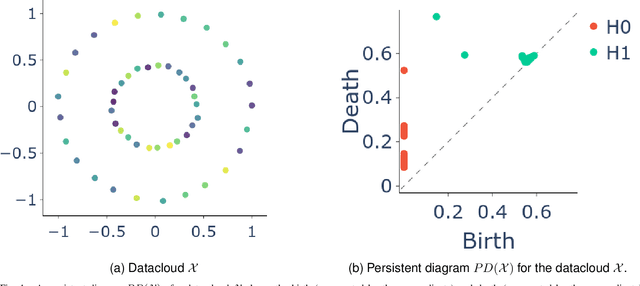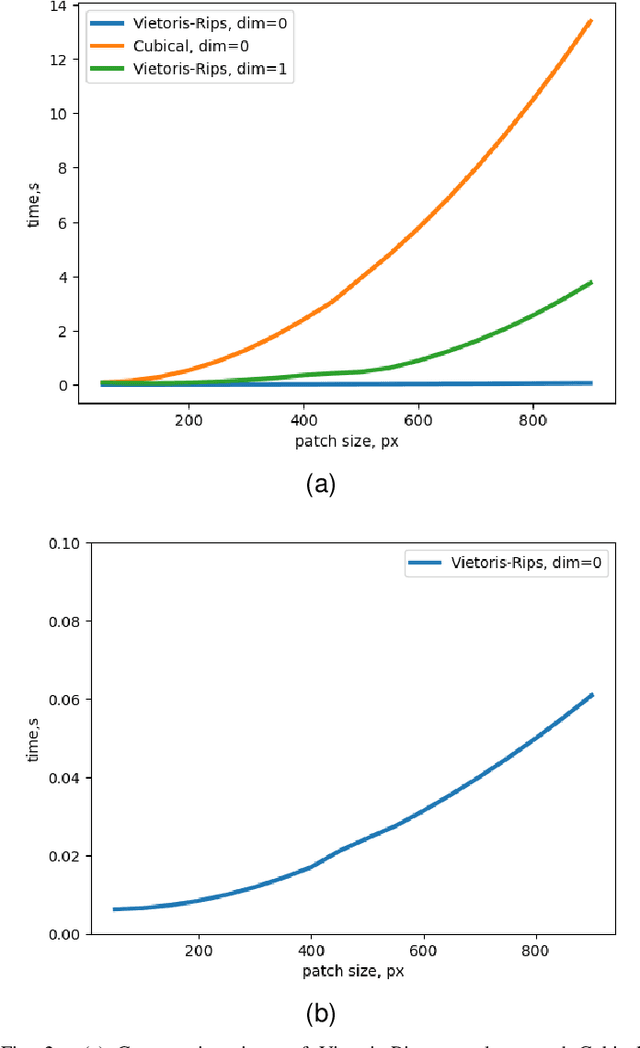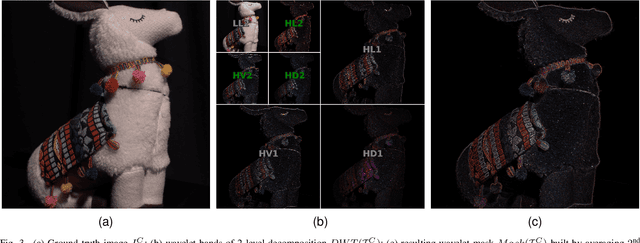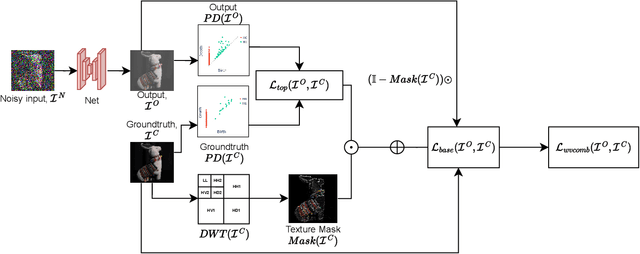Wavelet-based Topological Loss for Low-Light Image Denoising
Paper and Code
Sep 20, 2023



Despite extensive research conducted in the field of image denoising, many algorithms still heavily depend on supervised learning and their effectiveness primarily relies on the quality and diversity of training data. It is widely assumed that digital image distortions are caused by spatially invariant Additive White Gaussian Noise (AWGN). However, the analysis of real-world data suggests that this assumption is invalid. Therefore, this paper tackles image corruption by real noise, providing a framework to capture and utilise the underlying structural information of an image along with the spatial information conventionally used for deep learning tasks. We propose a novel denoising loss function that incorporates topological invariants and is informed by textural information extracted from the image wavelet domain. The effectiveness of this proposed method was evaluated by training state-of-the-art denoising models on the BVI-Lowlight dataset, which features a wide range of real noise distortions. Adding a topological term to common loss functions leads to a significant increase in the LPIPS (Learned Perceptual Image Patch Similarity) metric, with the improvement reaching up to 25\%. The results indicate that the proposed loss function enables neural networks to learn noise characteristics better. We demonstrate that they can consequently extract the topological features of noise-free images, resulting in enhanced contrast and preserved textural information.
 Add to Chrome
Add to Chrome Add to Firefox
Add to Firefox Add to Edge
Add to Edge